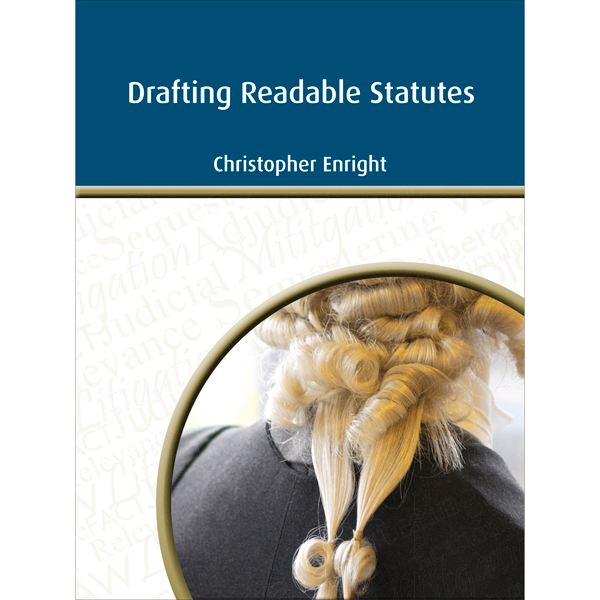
Drafting Readable Statutes
by Christopher Enright
Vast numbers of statutes rule our lives. Many of them are not easy to read. Parts of some are almost impossible to read. This book sets out some ways of drafting statutes that makes them easier to read.
The basis of the technique is to structure a statute at two levels - the macro and the micro. The macro level is the big picture. The important goal here is to divide the statute into its major parts and their various levels of subparts in a manner the helps a reader to make sense of the purpose of the part or subpart and its role in helping the statute to achieve its purpose and object. The micro level contains the specific legal rules that constitute the statute.
The vast majority of legal rules possess a structure that has a standard form consisting of a conditional statement that embraces and connects the elements of the rule and the consequences of the rule. The way to make a statute clear at this level is to ensure that the text makes clear to the reader the elements and consequences of each rule.
80 pages softcover
About the Author
Christopher Enright is a chartered accountant, barrister and solicitor. He has lectured in law at several universities. He specialises in legal method.

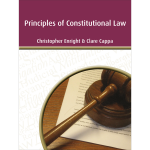 Principles of Constitutional Law
Principles of Constitutional Law Fundamentals of Legal Research
Fundamentals of Legal Research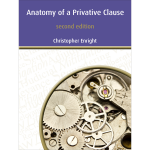 Anatomy of a Privative Clause (2nd Edition)
Anatomy of a Privative Clause (2nd Edition)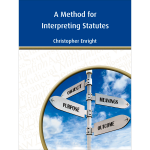 A Method for Interpreting Statutes
A Method for Interpreting Statutes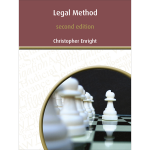 Legal Method (2nd Edition)
Legal Method (2nd Edition)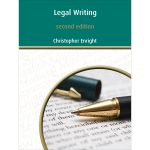 Legal Writing (2nd Edition)
Legal Writing (2nd Edition)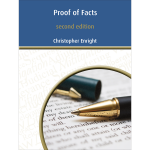 Proof of Facts (2nd Edition)
Proof of Facts (2nd Edition) Sources of Law (2nd Edition)
Sources of Law (2nd Edition) Trial Advocacy
Trial Advocacy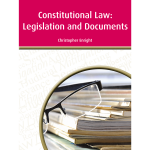 Constitutional Law: Legislation and Documents
Constitutional Law: Legislation and Documents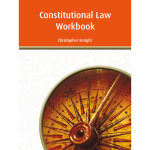 Constitutional Law: Workbook
Constitutional Law: Workbook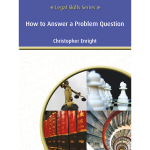 How To Answer a Problem Question
How To Answer a Problem Question How To Detect Ambiguity in Statute Law and Common Law
How To Detect Ambiguity in Statute Law and Common Law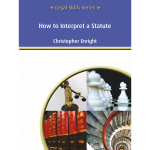 How To Interpret a Statute
How To Interpret a Statute How To Organise Law and Litigation
How To Organise Law and Litigation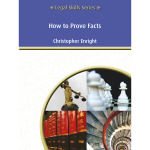 How To Prove Facts
How To Prove Facts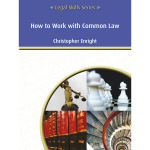 How To Work with Common Law
How To Work with Common Law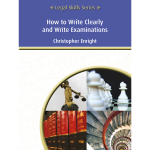 How to Write Clearly and Write Examinations
How to Write Clearly and Write Examinations